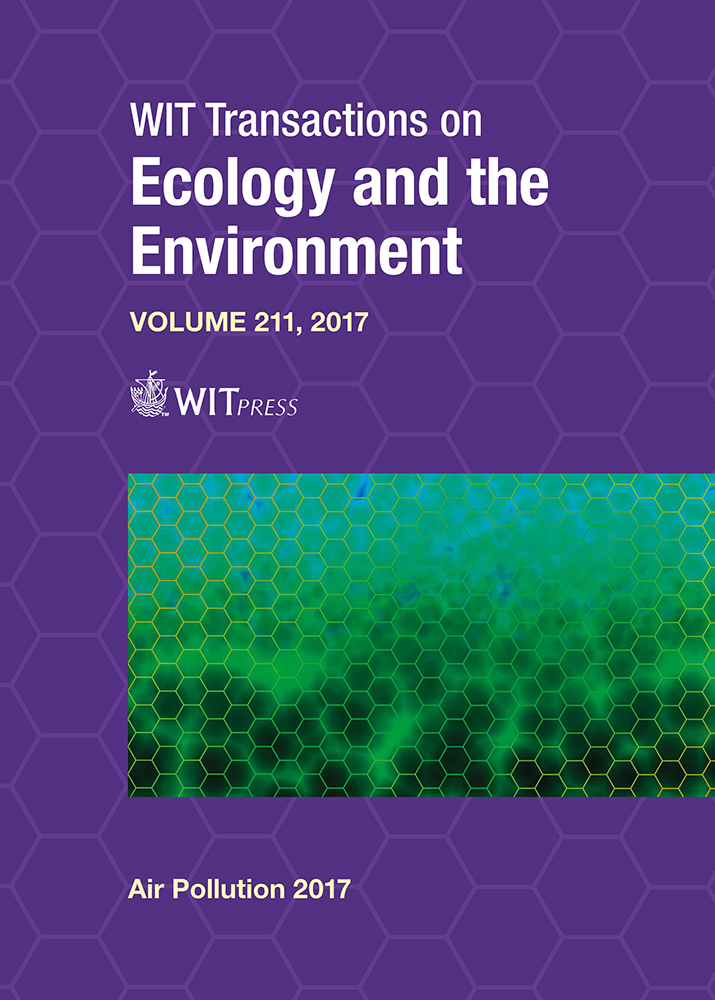THE CHALLENGES, UNCERTAINTIES AND OPPORTUNITIES OF BIOAEROSOL DISPERSION MODELLING FROM OPEN COMPOSTING FACILITIES
Price
Free (open access)
Transaction
Volume
211
Pages
9
Page Range
51 - 59
Published
2017
Size
890 kb
Paper DOI
10.2495/AIR170051
Copyright
WIT Press
Author(s)
BEN WILLIAMS, ENDA HAYES, ZAHEER NASIR, CATHERINE ROLPH, SIMON JACKSON, SHAGUN KHERA, ALAN BENNETT, TONI GLADDING, GILLIAN DREW, SEAN TYRREL
Abstract
Bioaerosols are ubiquitous organic particles that comprise viruses, bacteria and coarser fractions of organic matter. Known to adversely affect human health, the impact of bioaerosols on a population often manifests as outbreaks of illnesses such as Legionnaires Disease and Q fever, although the concentrations and environmental conditions in which these impacts occur are not well understood. Bioaerosol concentrations vary from source to source, but specific human activities such as water treatment, intensive agriculture and composting facilitate the generation of bioaerosol concentrations many times higher than natural background levels. Bioaerosols are not considered ‘traditional’ pollutants in the same way as PM10, PM2.5, and gases such as NO2, and consequently dispersion models do not include a bespoke method for their assessment. As identified in previous studies, priority areas for improving the robustness of these dispersion models include: 1) the development of bespoke monitoring studies designed to generate accurate modelling input data; 2) the publication of a robust emissions inventory; 3) a code of practice to provide guidelines for consistent bioaerosol modelling practices; and 4) a greater understanding of background bioaerosol emissions. The aim of this research project, funded by the Natural Environmental Research Council (NERC), is to address these key areas through a better understanding of the generation, concentration and potential dispersion of bioaerosols from intensive agricultural and biowaste facilities, using case studies developed at specific locations within the UK. The objective is to further refine existing bioaerosol monitoring and modelling guidelines to provide a more robust framework for regulating authorities and site operators. This contribution outlines the gaps that hinder robust dispersion modelling, and describes the on-site bioaerosol data collection methods used in the study, explaining how they might be used to close these gaps. Examples of bioaerosol dispersion modelled using ADMS 5 are presented and discussed.
Keywords
bioaerosols, ADMS, dispersion modelling, composting





